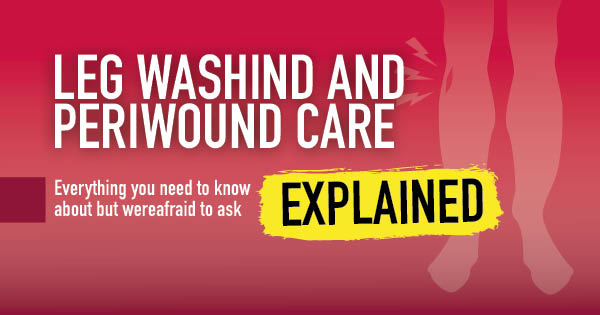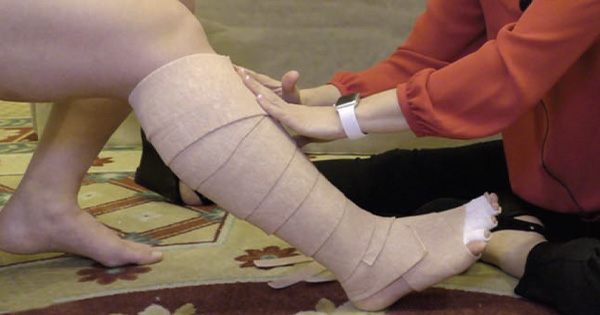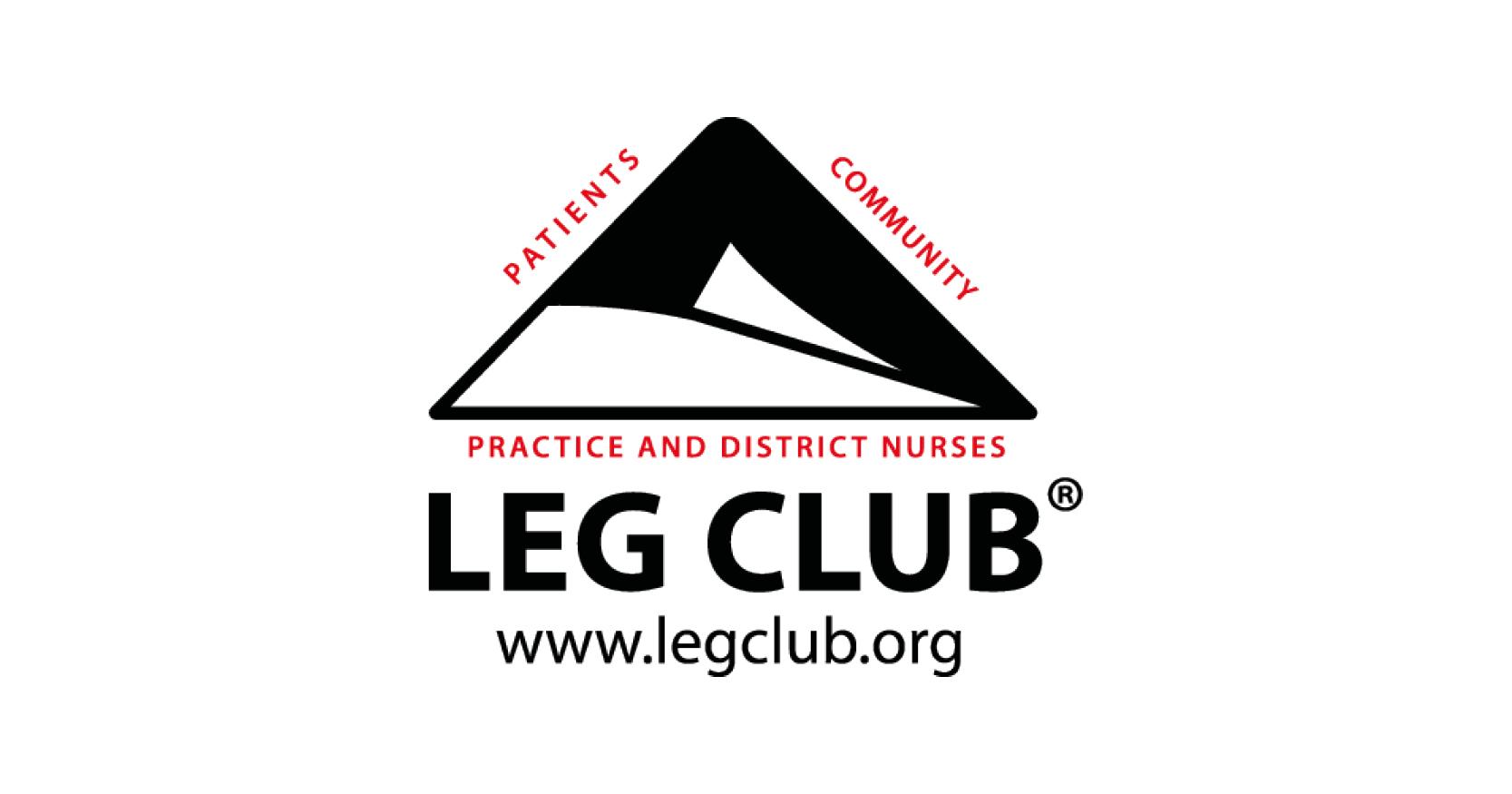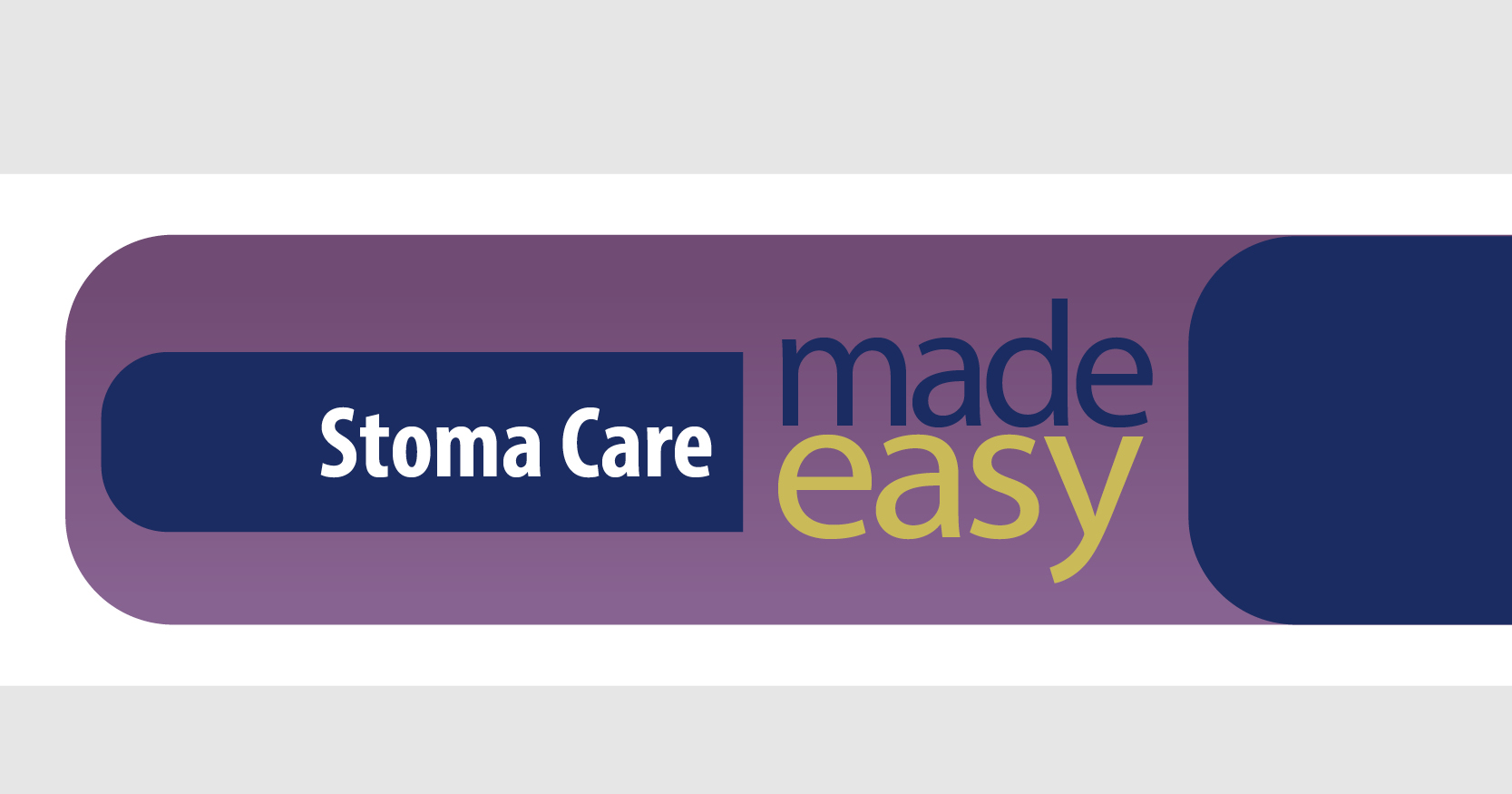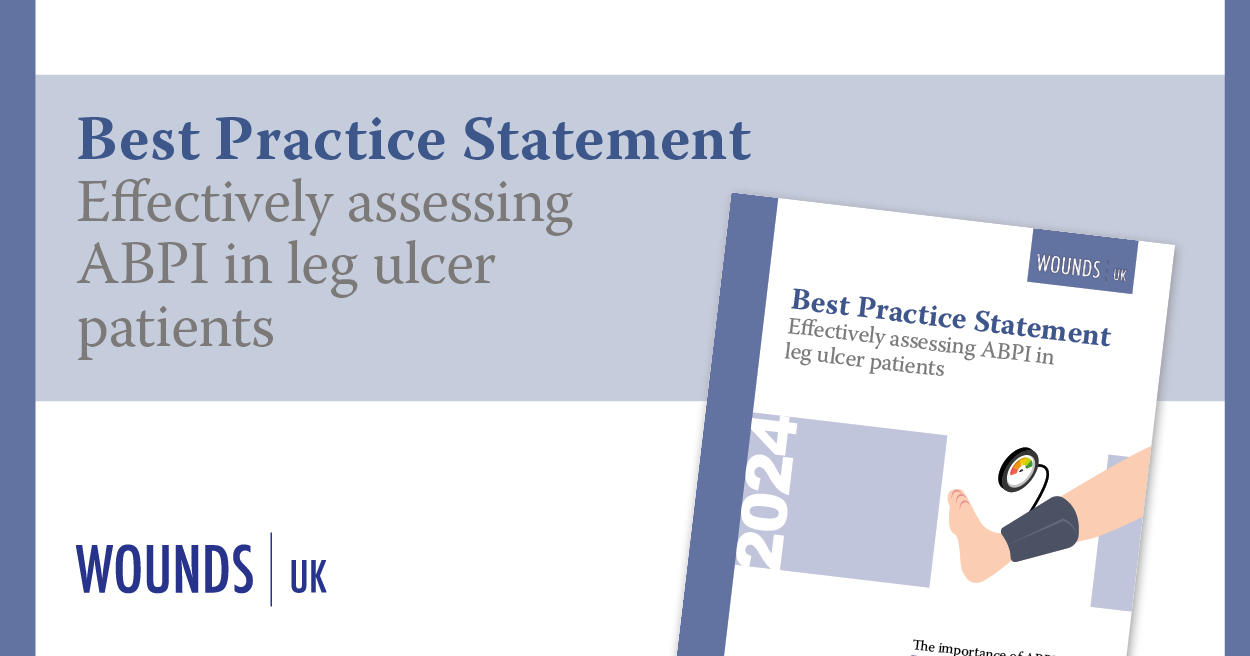Effective cleansing of the leg and periwound area can have a huge impact on patients’ wellbeing and wound healing. Washing a patient’s leg is a therapeutic, non-invasive, holistic intervention designed to promote healing and improve patient quality of life (Cooper et al, 2016).
The effective skin care regimen for patients with leg ulcers includes washing (Lindsay, 2007; Lindsay and Stephens, 2008). This has traditionally been done through bucket washing, which involves:
■ Soaking the leg in a clean bucket of warm water
■ Removing dry scales and wound edge encrustations
■ Gently cleansing the leg using soap substitutes
■ Thoroughly drying the limb, particularly between the toes (Cooper et al, 2016).
Not all patients are able to wash their own legs and the periwound area, so the simple act of washing, regardless of the setting, should be considered a reasonable component in improving patient quality of life and wellbeing. Leg washing also affords the clinician time to observe the whole limb in detail, and to soften dry and scaly skin to optimise healing (Cooper et al, 2016).
Special attention should be given to periwound management, which may be achieved through effective and gentle cleansing, as promoting periwound health can lead to:
■ Improved healing
■ Decreased infection risk
■ Reduced dressing frequency and associated cost
■ Reduced pain and discomfort
■ Improved quality of life (Woo et al, 2017).
Patients generally value the washing process, as it may be the only time they get their leg washed, particularly if they have been in compression and might be aware of odour (Cooper et al, 2016). However, leg washing is often not carried out, because there are logistical barriers, the clinician does not have time, or may not be confident with this aspect of care (Lindsay, 2007; Cooper et al, 2016).
The limitations of bucket washing
Leg washing depends on the care environment and it is much easier in some settings than others. With bucket washing, legs are washed in a bucket or bowl and a jug may be used to pour water over the leg. However, these are not always available, or there may not be suitable space to do this safely; plus, filling and carrying heavy buckets of water may be difficult for some clinicians or put them at risk of injury (Cooper et al, 2016). There have been frequent cases of community health staff not being allowed to use a patient’s kitchen or being able to access hot water to carry out leg washing (Dhoonmoon and Dyer, 2020).
Depending on the suitability of the environment, there may be increased infection risk due to water quality or potentially contaminated equipment such as bowls or towels. Time constraints can also limit the ability to offer this service on every care visit. Washing the legs of patients can be time-consuming and challenging for district nurses, despite care plans stating that legs should be washed at least once a week (Cooper et al, 2016).

